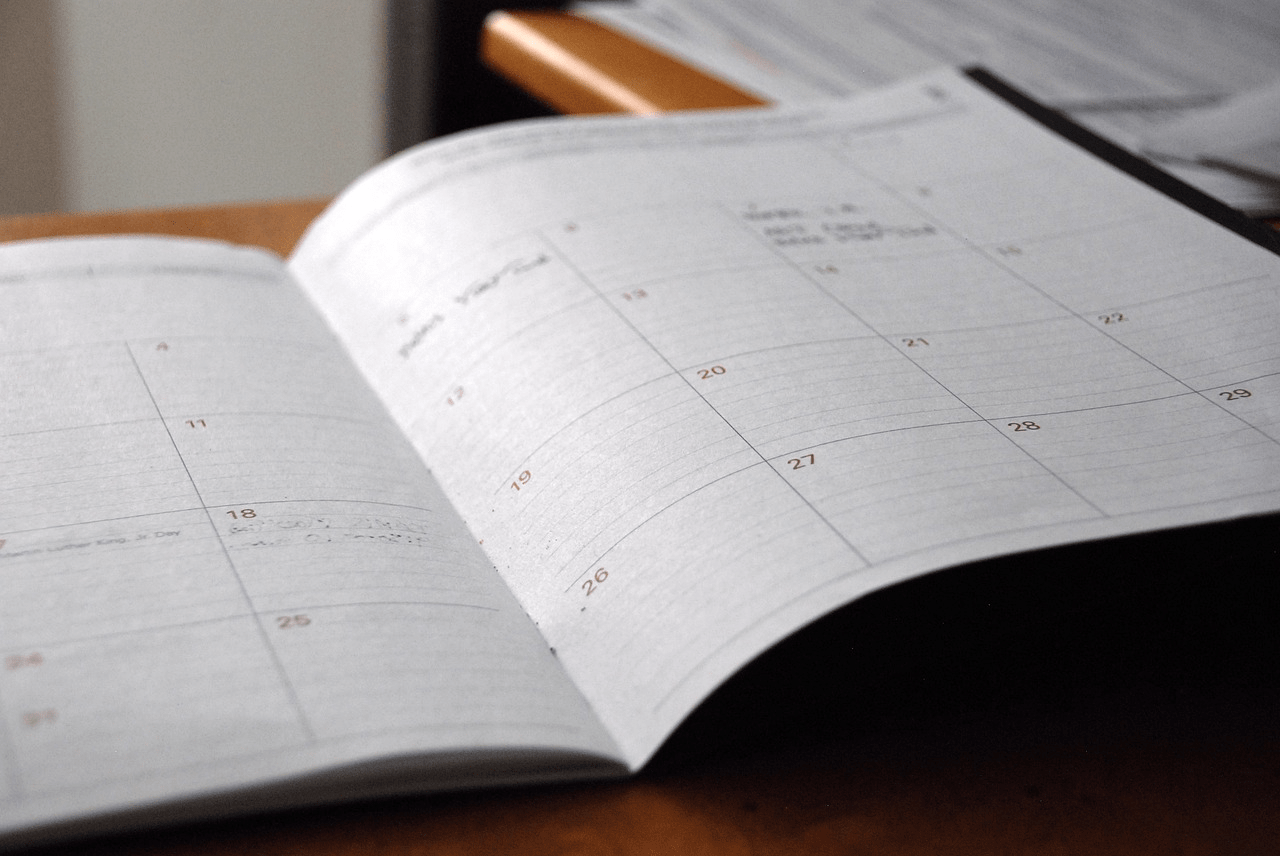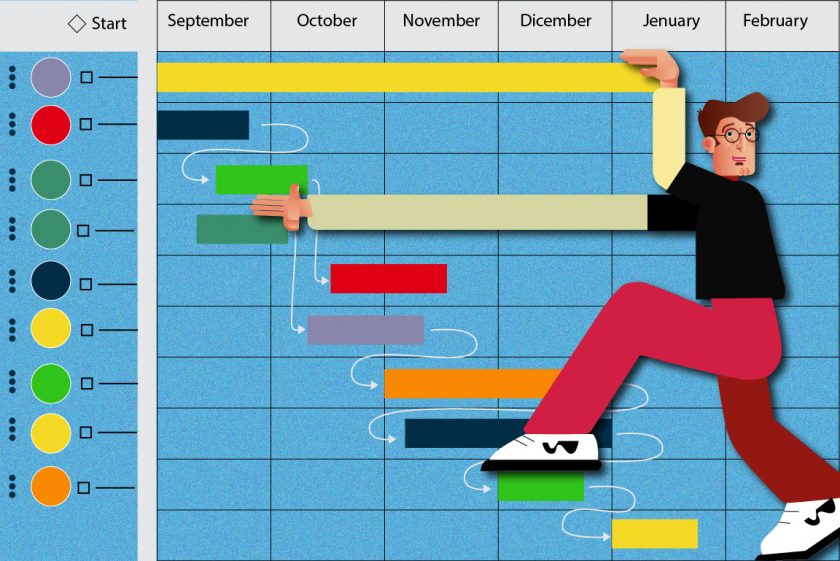The time schedule generally refers to the skills, tools, and techniques used by the Project Manager to manage time when executing projects to achieve specific goals.
TABLE OF CONTENT
A time schedule must adapt to a specified period of time and use available resources with the right skills.
Given the many uncertainties and variables and the possibility that the availability of resources or the scope of a project may change, it is difficult for the Project Manager to create a schedule that remains stable from beginning to end.
Why you need to plan the time for a project
At the beginning of each project, it is necessary to know how events and activities will be organized during time.
And do not forget that during the project cycle, it will be necessary to spend some time to update deadlines by considering any changes to the project plan.
The investment of time for planning the project schedule may seem superfluous, but in reality it is absolutely necessary for success.
During the life cycle of the project a part of time of the Project Manager should be foreseen to review the schedule and the dependencies of the various activities.
This allows you to check if the project plans are still on track, what is working and what is not.
The schedule of a project is composed of sequenced activities, milestones and goals that must be delivered within a given deadline.
Having a project schedule means knowing exactly what needs to be delivered and in what order.
Moreover, with the right planning techniques, it is possible to regulate the activities in the case that the project is late or if any changes to its scope occur.
The time schedule: how to structure the project planning routine

There are two routines to follow for the planning of the project:
1. Planning of the weekly project
Set a time once a week to analyze the schedule and the project plan, determine the results achieved in the past week, and define the goals for the current week.
This time must also be used to be sure that all resources are aligned to ensure the execution and achievement of the goals.
2. Planning of the daily project
Plan at least 30 minutes a day to reflect on the day and / or review the schedule for the next day.
This moment can occur at the beginning or at the end of the day, depending on the preference of the project manager and the most efficient technique.
Here is a brief example of what daily project planning can look like for a project manager:
- Review the program and update the Gantt chart, if necessary.
- Ensure that the meetings scheduled for the next day are properly planned and confirmed.
- Plan the next day based on whatever deliverables are expected. If necessary, the project manager will block a part of his agenda to work quietly on this.
How to obtain a schedule
The process that allows the Project Manager to obtain a schedule is composed of four phases:
- Create a model of how the work will be performed;
- Estimate the duration of activities;
- Calculate times for activities;
- Present the results.
Every aspect of the process is taken into account by the team, using experts in the field, when necessary.
In fact, a program agreed with the team is more likely to succeed than one imposed from the board of directors.
Estimation of activity durations must take into account many factors, such as effort required, resource efficiency, physical constraints, etc.
Regarding the third point, the simplest form of calculation is the critical analysis of the path. This uses a duration estimate that includes all the factors.
The final results are usually presented as a Gantt chart.
The main advantage of this model is that it can be updated frequently with new information and quickly recalculated.
This is a continuous process throughout the project life cycle and uses the information on actual progress to predict the end date of the project.
Most of the project planning is normally performed with the help of a specific project management software.
In the past, printed calendars or spreadsheets shared by e-mail were the method used by Project Managers to keep an eye on the project schedule.
But today, most teams and organizations implement project management tools with the appropriate features.
These can simplify the creation of timelines and save them online, making the planning of activities and teams much easier.
Because projects have so many moving parts and change frequently, project planning software automatically updates tasks that depend on each other when a scheduled task is not completed in time.
With some software, it is also possible to have the advantage of setting milestones, linking activities, and seeing the actual or planned progress of the schedule update dynamically.
One of the best software on the market is Twproject: after having set the tree structure of a project and having defined its milestones, in Twproject it is possible to insert all the defined phases in a Gantt diagram. It will be sufficient to indicate the estimated time for each activity and then chain the development phases. It is also possible to make some steps dependent on others. This will allow to update statistics in real time, recalculate project deadlines in the event of delays or changes and have a complete overview of the progress of a project.
Twproject has allowed us to organize work subdivision in a simple way through the WBS, then planning the duration of the phases and the workload of each assignee by using the Gantt chart.

What are the benefits of using a time schedule?
As explained, there are many advantages that a well-made project schedule ensures to project managers, the team, and the organization in general:
- Managers, team members, and stakeholders can monitor progress, set and manage expectations, communicate and collaborate clearly.
- Tasks and results can be monitored and controlled to ensure timely delivery of the output – and if delays occur, it is possible to easily assess their impact and make the necessary changes.
- Increase profitability.
- The communication of clear and better details about the project helps the organization in the distribution of resources where they are most needed, helping to achieve the goals of the project.
Following these steps ensures the project manager to always work efficiently on any project and to be able to predict and mitigate the risks before they turn into big obstacles.
Twproject offers a 15-day free trial with the assistance of its support team. It could be an opportunity to build an effective and complete time schedule and to start optimizing work times by improving the performance of the entire work team.




